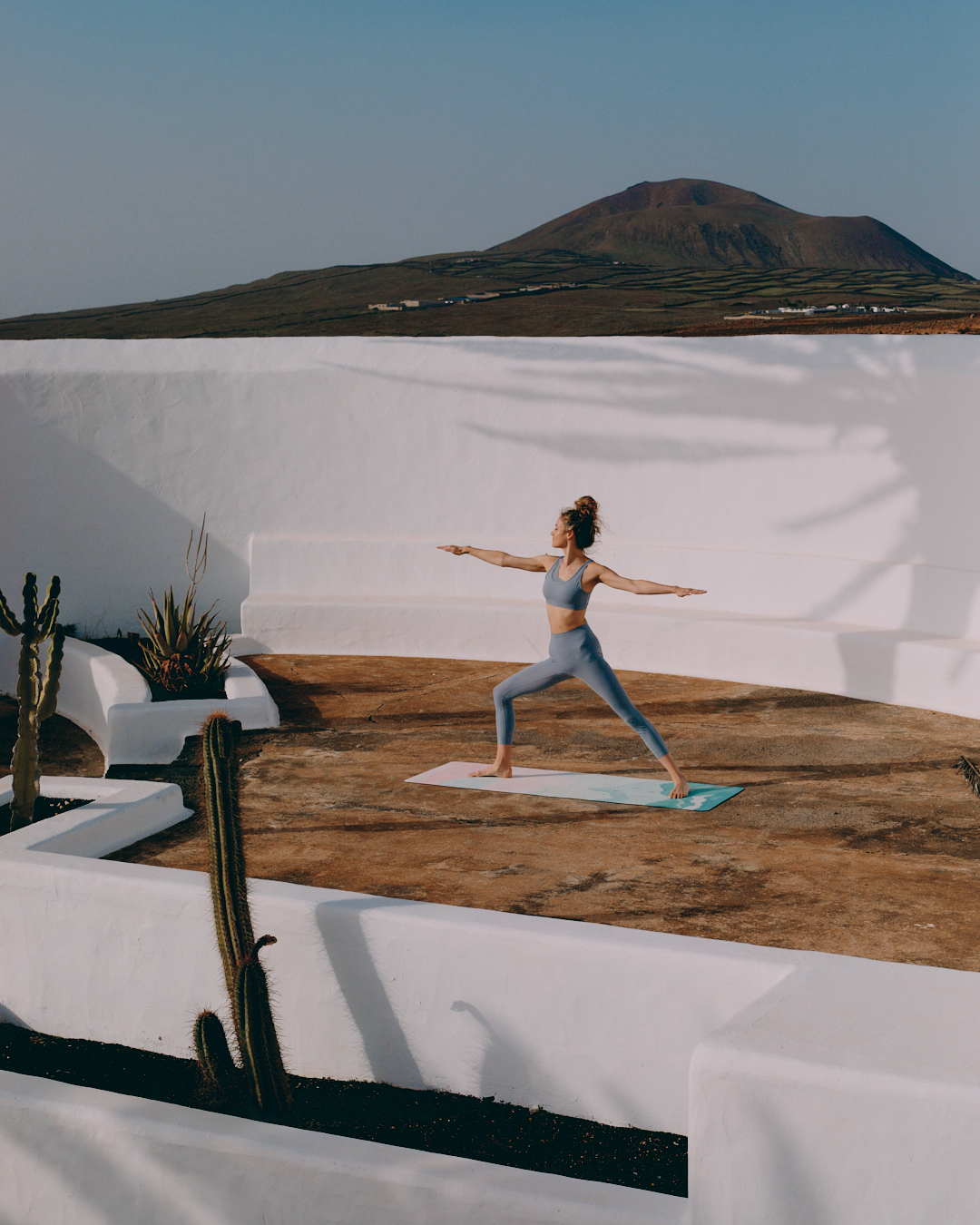The word "drishti" comes from Sanskrit and means "point of view". It refers to focusing the eyes during the practice of asanas. This is a very important concept in yoga because it helps to focus the mind, improve…
During yoga practice, teachers encourage you to focus your eyes on a specific point, such as your toe, the point between your eyebrows, the horizon, or the palm of your hand. Focusing your eyes on one point helps you avoid distractions and focus on experiencing your body.
Drishti is an important element in the three pillars of yoga: asanas, pranayama, and meditation. During the practice of asanas, drishti helps to maintain stability and balance in difficult postures. For example, in Warrior Pose II (Virabhadrasana II), focusing your eyes on your front toe helps you balance and improve your hip position. In the Standing Bend Pose (Uttanasana), focusing the gaze on the point between the eyebrows helps to maintain balance and improve posture.
In pranayama, drishti helps focus the mind and control the breath. For example, during the practice of Nadi Shodhana (cleaning of the respiratory channels), focusing the gaze on the tip of the nose helps maintain focus and control the breath.
In meditation, drishti helps focus the mind and bring it into a state of stillness. Focusing your eyes on one point helps you avoid distractions and focus on your inner experience.
Drishti is an important part of yoga practice as it helps to focus the mind and improve balance and stability. It is also an important tool in guiding meditation, as focusing your eyes on one point helps you avoid distractions and focus on your inner experience. Therefore, we encourage you to experiment with different drishti in your yoga practice and discover which point of view works best for you.






